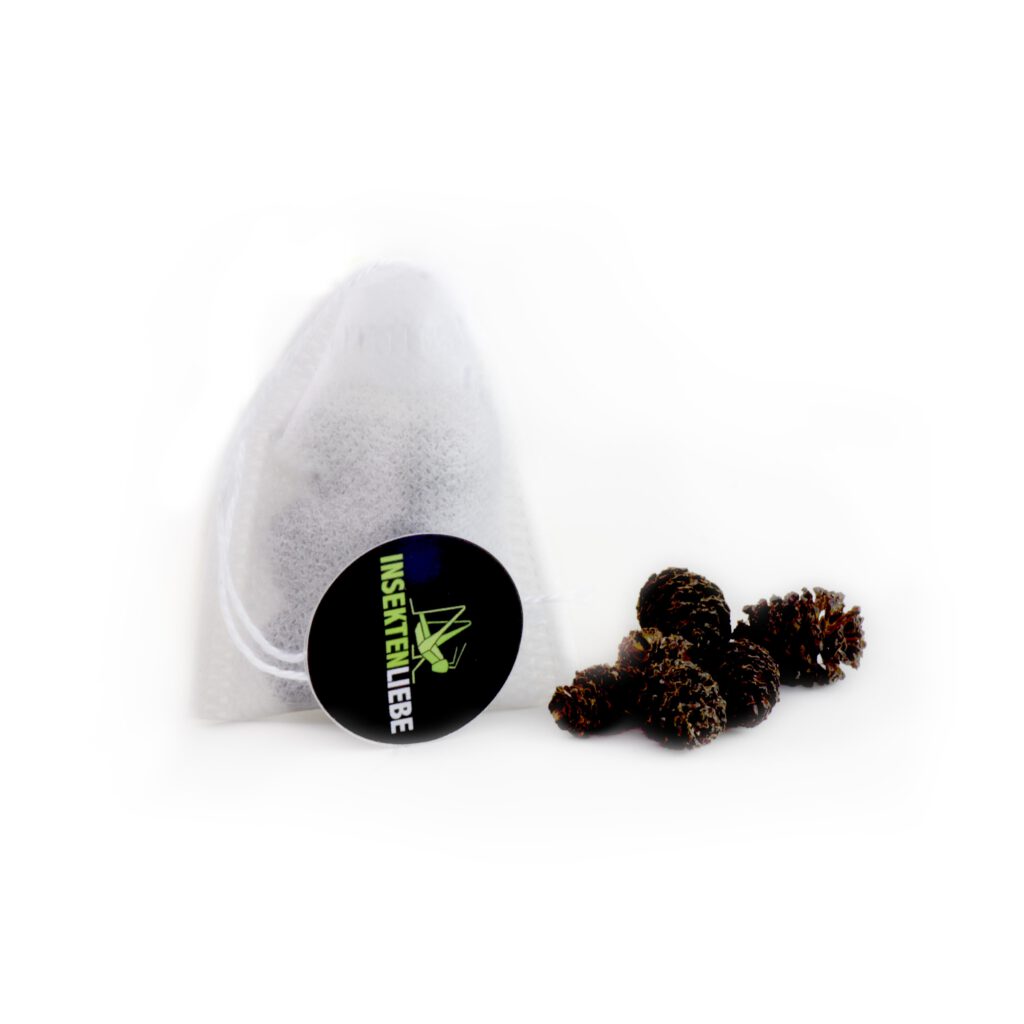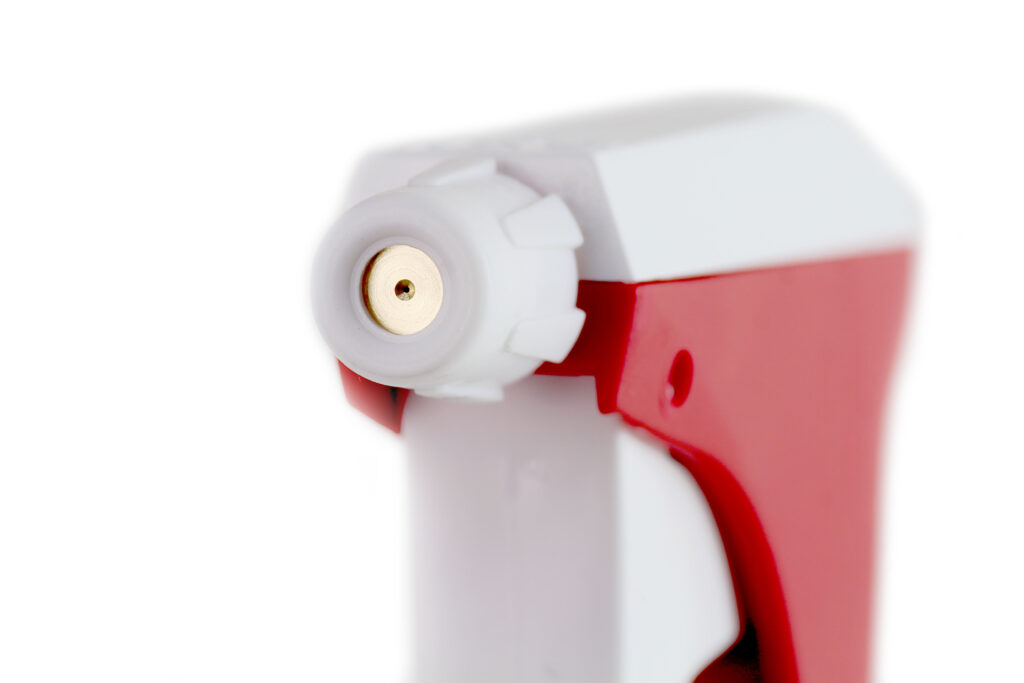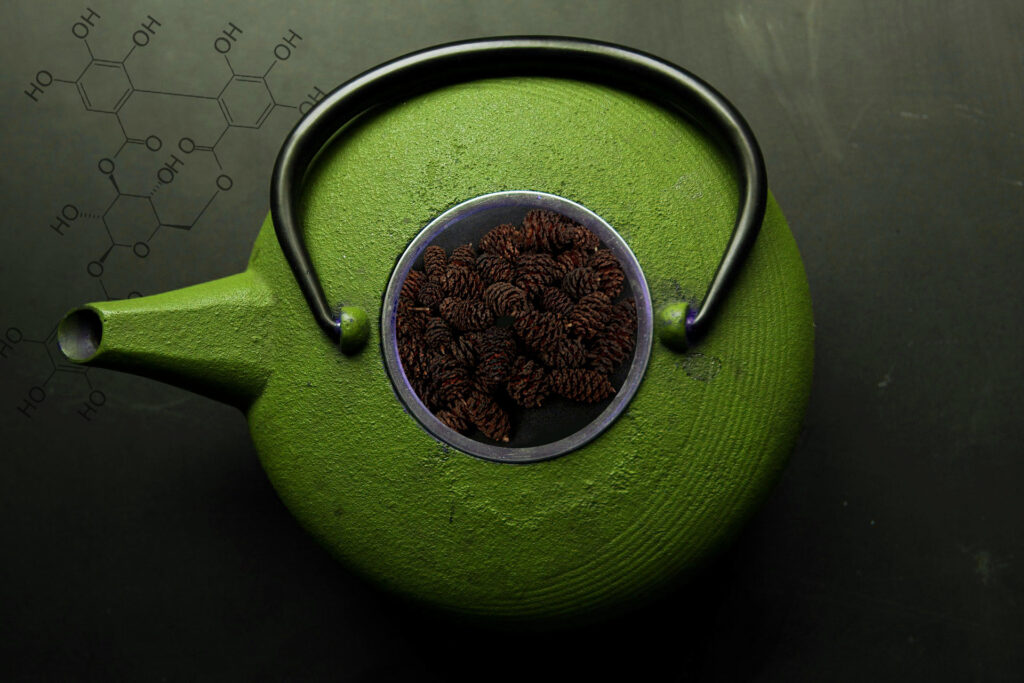Isopod-Magazine
Alder cone broth- effects and preparation for the terrarium
Again and again owners tell me that almost their entire isopod or millipede population has died within a very short time. As explanation attempts I ask for changes before the mass death has begun. In the end such attempts of explanation remain only speculation without exact investigation. Often they only serve to reassure the person concerned that he or she has not made any husbandry mistakes and that he or she has become the victim of an unavoidable stroke of fate.
With exact view this mass death can be led back as a rule quite on often avoidable causes!
Reasons for an unexplained breakdown
If we look at the habitat of the animals, it consists of deposits of dead, organic material, the so-called litter layer. It consists of fresh leaves, foliage and wood. Inside of it, there live soil animals such as spiders, snails, earthworms, grubs (beetle larvae), springtails, isopods or sap bugs. Rain washes out the litter layer and binds the tannins (tannins) and humic substances. These substances lower the pH in the forest soil and have an antibacterial and fungicidal effect. Often this effect is missing in the terrarium and the substrate becomes alkaline (high pH) and mass mortality of the animals in it occurs. There are no signs of this and therefore it actually appears to the affected keeper as if a supernatural force has switched off the lives of the animals in it.

PH-Wert vom Substrat überprüfen
Man kann eine Bodenprobe an ein entsprechendes Labor senden, dass einem dann eine Bodenanalyse durchführt und den genauen pH-Wert ermittelt. Etwas viel Aufwand und wenn man wie wir unzählige Zuchtboxen hat auch sehr langwierig und kostspielig. In gutsortierten Gartencenter findet man gelegentlich Bodengrund pH-Messgeräte. Aber viel einfacher ist es, den Boden selber mit einem kleinen Test zu überprüfen. Dazu braucht man etwas Essig (40 ml), eine kleine Schale und das zu testende Substrat (1 EL). Man gibt einen Schluck Essig in die Schale und gibt die zu testende Erde dazu. Wenn es zu einer Reaktion kommt und es anfängt zu schäumen, ist der Boden bereits alkalisch und man sollte sofort etwas unternehmen. In der Regel findet keine Reaktion statt und man sollte nur vorbeugen, dass es auch so bleibt. Doch wie verhindern wir, dass der pH-Wert im Boden zu hoch wird?
Regulate PH value in the soil
If we look at aquaristics, the pH value is often pushed down with oak leaves, almond leaves or alder cones. We can learn from these many years of experience and make use of them. Alder cones are rich in active substances such as tannins and are known for their antibacterial and fungicidal effect. Compared to other pH-lowering natural materials, they can be easily collected during a walk. Black alders are often found along streams or marshes. They love a humid location and carry their cones on the tree even through the winter. Alder cones are not comparable with fir or spruce cones. With a size of 1-2 cm they are not only a lot smaller, but also with their round shape they clearly differ from the coniferous cones. One should pay attention to the fact that one collects the alder cones already in the autumn. This way, the rain has not yet washed them out and the valuable substances are still completely contained.
How do we get the valuable ingredients of the alder cones into our terrarium?
In principle, there is nothing against simply placing the alder cones on the substrate surface in the terrarium. You could also mix them additionally into the substrate to increase the effect in the substrate. However, this is only a selective application and since we never completely soak the substrate, the humic substances are never distributed over the entire substrate. For this reason we prepare an alder cone decoction and spray it regularly on our substrate. In this way, we lower the pH value evenly and determine for ourselves when to apply it. What should be considered when preparing an alder cone broth?
Preparing alder cone stock
In order to be able to spray the alder cone broth into the terrarium, it should be free of dirt particles. Therefore, empty tea bags are excellent for storing the alder cones during the brewing time.
We use 6 alder cones in a tea bag and pour them with 1L boiling water. We then let this steep for 1 day. The water turns brownish, this is the humic substances of the alder cones that have dissolved in the water. After that we empty the alder cone decoction into a spray bottle. If we have boiled more broth than the spray bottle holds, the broth can be stored in a closed bottle without hesitation. Due to the anti-fungal effect of the alder cones, no mold will develop. The boiled cones can be fed into the terrarium.


Application of the alder cone broth
We use the spray bottle with the alder cone decoction once a week. To do this, we spray the substrate evenly with the pH-reducing decoction. The animals react positively to the mixture and absorb it well, just like in nature.





